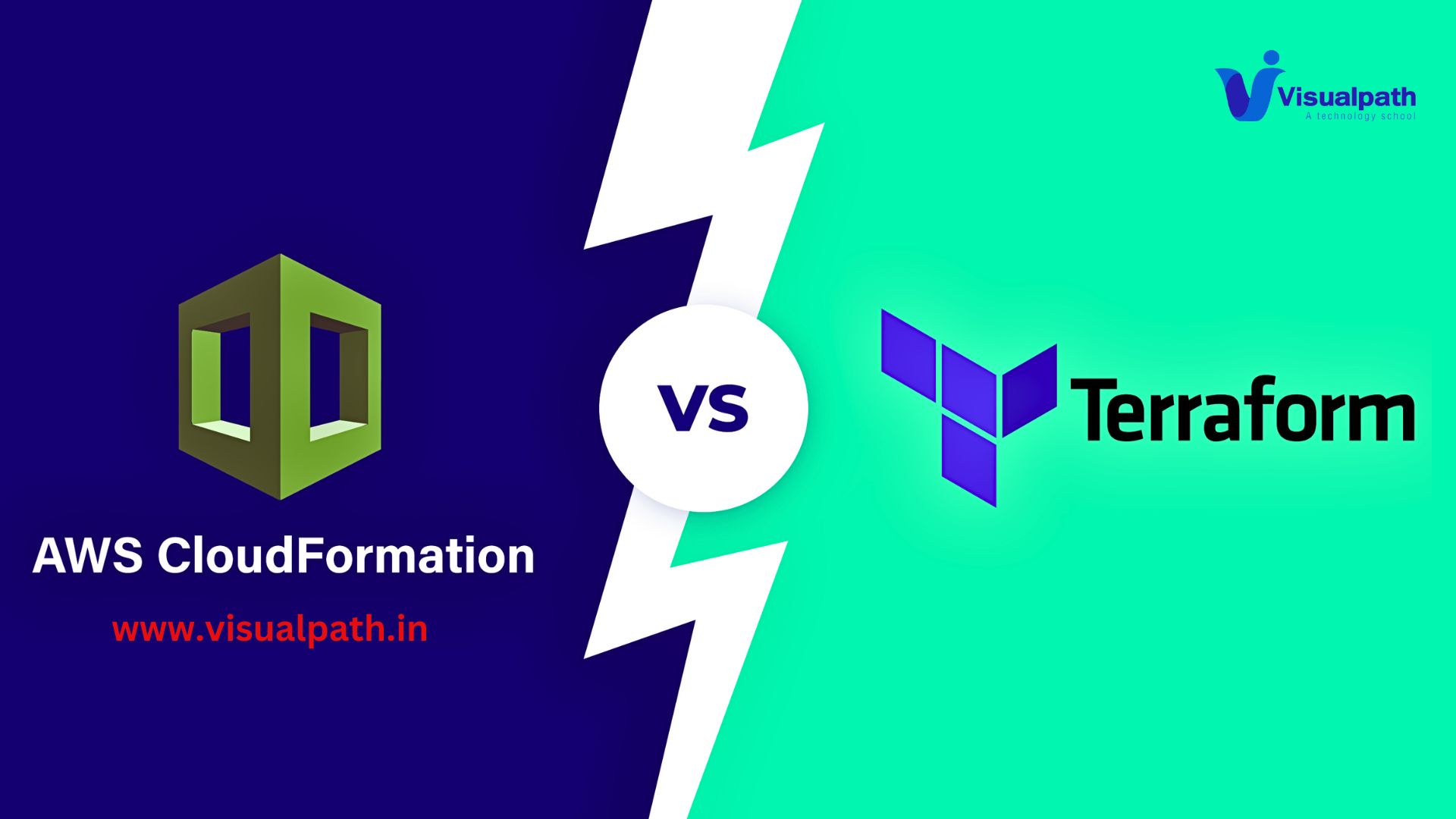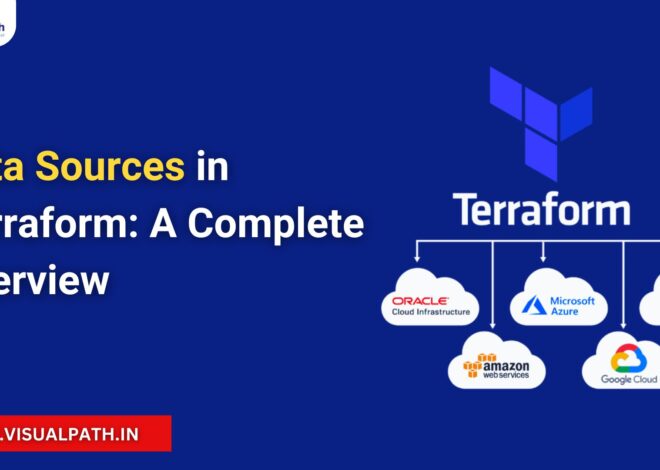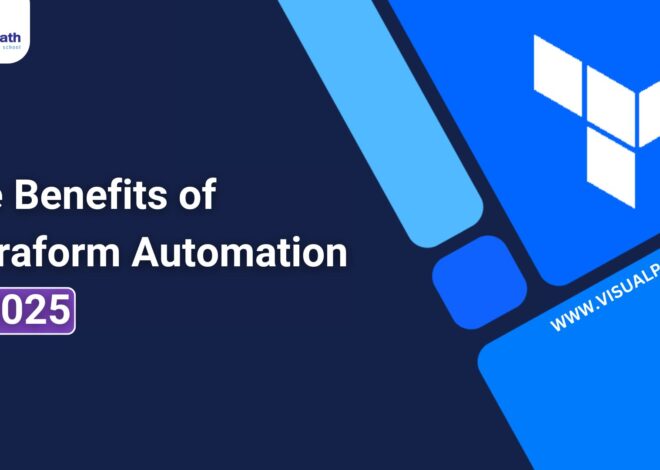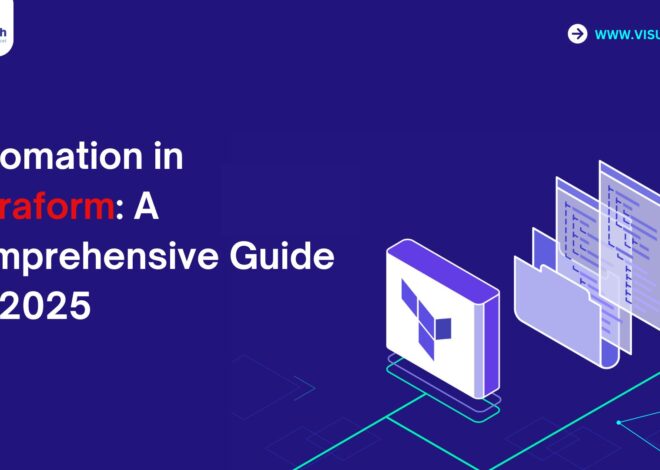When it comes to automating infrastructure deployment, Terraform and AWS CloudFormation are two of the most prominent Infrastructure as Code (IaC) tools available. Both tools allow users to define, provision, and manage cloud resources using code, but they differ significantly in their approach, flexibility, and capabilities. Terraform Automation Online Training
1. Platform Support
Terraform:
Multi-Cloud Capability: Terraform is designed to work across multiple cloud providers like AWS, Azure, Google Cloud, and others. It’s an ideal choice for organizations using a multi-cloud strategy or planning to do so.
AWS Cloud Formation:
AWS-Centric: CloudFormation is native to AWS and only supports AWS resources. It’s deeply integrated with AWS services, making it the go-to choice for AWS-centric environments.
Configuration Language
Terraform:
HCL (HashiCorp Configuration Language): Terraform uses HCL, which is specifically designed to be both human-readable and easy to write. It also supports JSON. Terraform Automation in Azure Online Training
AWS Cloud Formation:
YAML/JSON: CloudFormation templates are written in YAML or JSON. While powerful, these languages can be verbose and may become complex as your infrastructure grows.
State Management
Terraform:
Remote State Storage: Terraform maintains the state of your infrastructure in a remote backend, such as AWS S3 or Terraform Cloud. This allows for consistent infrastructure management and team collaboration.
AWS CloudFormation:
Implicit State Management: CloudFormation manages the state of resources automatically, removing the need for separate state management. However, it provides less flexibility compared to Terraform’s approach.
4. Modularity and Reusability
Terraform:
Modules: Terraform supports modules, allowing you to encapsulate and reuse parts of your infrastructure code across multiple projects. This promotes consistency and reduces duplication.
AWS Cloud Formation:
Nested Stacks: Cloud Formation supports nested stacks, which allow you to reuse and organize your templates. While effective, they can be more complex to manage compared to Terraform modules.
Dependency Management
Terraform:
Automatic Dependency Handling: Terraform automatically manages resource dependencies using a directed acyclic graph (DAG). This ensures that resources are created and destroyed in the correct order.
AWS Cloud Formation:
Explicit Dependencies: Cloud Formation requires you to manually define dependencies between resources, which can add complexity to your templates but provide precise control. Terraform Online Training
Ecosystem and Extensibility
Terraform:
Broad Ecosystem: Terraforms open-source nature has led to a vibrant ecosystem with a wide range of providers and modules available through the Terraform Registry. It also supports custom providers, enabling you to extend its functionality.
AWS Cloud Formation:
AWS-Specific: Cloud Formation is tightly integrated with AWS services. While it supports custom resources, the process of creating them is generally more complex compared to Terraform’s extensibility options.
7. Learning Curve
Terraform:
User-Friendly: Terraforms HCL is generally considered easier to learn, especially for those new to IaC. The multi-cloud capability also offers a consistent learning experience across different platforms.
AWS Cloud Formation:
Steeper Learning Curve: The combination of YAML/JSON syntax and the need to understand AWS-specific concepts can make CloudFormation more challenging to learn.
8. Community and Support
Terraform:
Active Community: Terraform has a large and active community that contributes to a rich ecosystem of tools, modules, and providers. This community-driven approach fosters innovation and provides extensive support resources.
AWS Cloud Formation:
AWS Support: As a first-party AWS service, CloudFormation benefits from comprehensive AWS support and documentation. However, its community is more niche compared to Terraform’s broader user base.
Conclusion
Terraform is the best choice if you need a versatile tool that works across multiple cloud providers, offers greater flexibility, and benefits from a strong community-driven ecosystem.
AWS CloudFormation is ideal for organizations that are fully committed to AWS and prefer a tightly integrated tool that simplifies the management of AWS resources. Terraform Automation in Azure Cloud Training
Visualpath is the Best Software Online Training Institute in Hyderabad. Avail complete Terraform Automation in Azure Online Training worldwide. You will get the best course at an affordable cost.
Attend Free Demo
Call on – +91-9989971070
WhatsApp: https://www.whatsapp.com/catalog/919989971070
Visit https://www.visualpath.in/terraform-online-training-in-hyderabad.html




